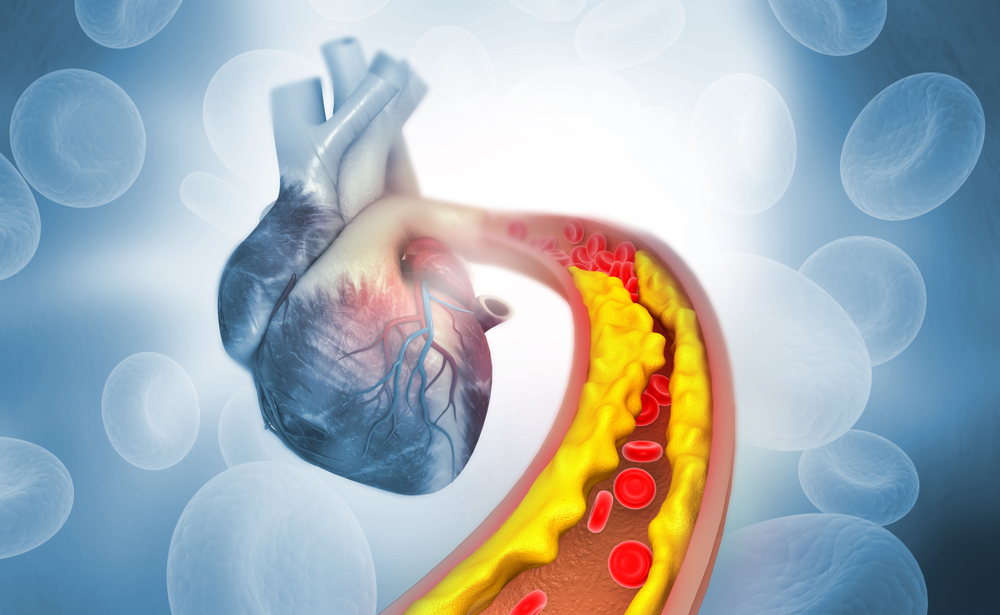
Summary
What are triglycerides?
Triglycerides are the most common type of fat in the body and a main source of energy. Most triglycerides are found in body fat, and some circulate in the blood. When you eat, your body converts any calories it doesn't need into triglycerides, which are stored in your fat cells. Later, your body releases triglycerides for energy between meals.
Triglyceride levels are affected by diet. Higher amounts will be found in your blood after eating a meal, when fat moves from your gut to the fat cells for storage. The levels of triglycerides in your blood vary widely according to recent food and alcohol intake. For most people, moderate alcohol intake has little effect, but if you drink more heavily this can increase the amount of triglycerides in your blood, even when you are having a fasting triglycerides test.
Since triglycerides are a form of fat, you might think that a high fat diet will raise triglycerides, and a low-fat diet would lower triglycerides. However, diets high in carbohydrates, especially sugar, lead to increases in triglycerides.
How too many triglycerides can be harmful
Triglycerides cannot be dissolved in water and so they need help to move them through the blood, as blood is a liquid. They are processed in the liver along with cholesterol and packaged together with proteins into lipoproteins. This enables them to move through blood rather than rising to the top, like oil on water. In this way, they travel to the organs and tissues to be used when and where they are needed.
There are different types of lipoproteins depending on the amounts of fat and protein they contain. Some are high density and considered ‘good’ while others are low density and considered ‘bad’. For more on lipoproteins and how they affect your risk of heart disease and stroke see Lipid Panel.
Triglycerides are carried through the blood by lipoproteins, and the main types of lipoproteins that transport triglycerides are:
Although lipids are essential for many of your body’s functions, having too much of low-density types of lipoproteins in your blood is harmful. When you have high amounts of cholesterol and triglycerides circulating in your blood packaged up in low-density lipoprotein, they can stick together with other fats, cells, calcium and debris floating around in the bloodstream and form plaques in the walls of arteries. The build-up of plaque narrows the space within the artery.
Your body has systems in place for getting rid of excess lipids but sometimes these systems don’t work as they should, or they become overloaded. Some people have inherited conditions that cause them to have too much low-density lipoproteins.
High triglyceride levels become more of a problem as we age, and you may need to have tests more often. If you have diabetes, it is especially important to have triglycerides measured as part of any lipid testing since people with diabetes tend to have high triglyceride levels. When triglyceride levels are very high (e.g. at least 10-15 mmol/L), there is a risk of developing pancreatitis (inflammation of the pancreas).
Why get tested?
Lipid profiles, including triglyceride levels, are recommended as routine tests to assess your risk of heart disease. High levels of triglycerides in the blood are associated with an increased risk of developing CVD. For more on this see Lipid Profile.
Having the test
Sample
Blood.
Any preparation?
Lipids including cholesterol and triglycerides can be measured as a fasting or non-fasting test.
However, if previous testing has shown you have high triglycerides you may need to fast before you give a blood sample.
Your results
Reading your results
Your results will be presented along with those of your other tests on the same form. You will see separate columns or lines for each of these tests.
For a table of the results of cholesterol and triglycerides tests see Lipid Profile.
Conditions that can affect triglycerides levels
For many people, uncontrolled triglyceride levels are caused by disorders such as diabetes, obesity, kidney failure, or alcoholism and the strategy is to treat these conditions.
Triglycerides may change dramatically in response to diet and very high values are seen after a meal. Even fasting levels vary considerably day to day. Modest changes in fasting triglycerides measured on different days are not considered to be abnormal.
If you have a high fasting triglycerides level, your doctor may wish to find out whether you have a high fat diet, high sugar diet, a high intake of alcohol or have diabetes or hypothyroidism.
Certain drugs such as corticosteroids, protease inhibitors for HIV, beta blockers, and oestrogens can increase blood triglyceride levels.
When high triglycerides are not caused by another disorder, they are often seen together with high cholesterol. Treatment is directed toward lowering both cholesterol and triglycerides. If diet fails, drug treatment is generally recommended.
Questions to ask your doctor
The choice of tests your doctor makes will be based on your medical history and symptoms. It is important that you tell them everything you think might help.
You play a central role in making sure your test results are accurate. Do everything you can to make sure the information you provide is correct and follow instructions closely.
Talk to your doctor about any medications you are taking. Find out if you need to fast or stop any particular foods, medications or supplements. These may affect your results. Ask:
More information
Pathology and diagnostic imaging reports can be added to your My Health Record. You and your healthcare provider can now access your results whenever and wherever needed.
Get further trustworthy health information and advice from healthdirect.
What is Pathology Tests Explained?
Pathology Tests Explained (PTEx) is a not-for profit group managed by a consortium of Australasian medical and scientific organisations.
With up-to-date, evidence-based information about pathology tests it is a leading trusted source for consumers.
Information is prepared and reviewed by practising pathologists and scientists and is entirely free of any commercial influence.